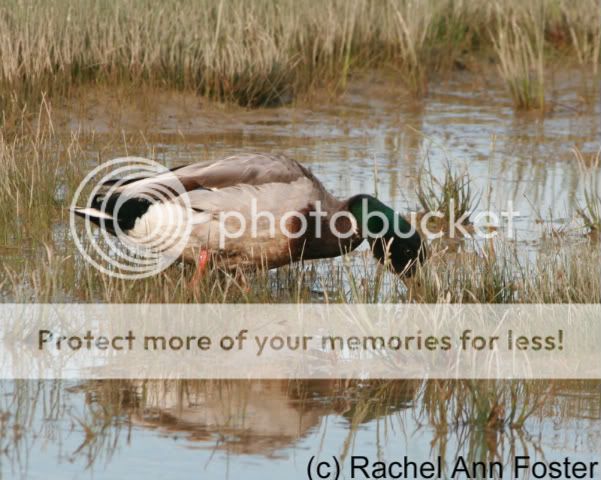How to get a worthwhile picture of a duck? Start with an idea that's impressive.
Rachel,
I want to take advantage of Ken's direction to importance and relevance of this take to you. He asks
"What makes this compelling to you?"
That's such a good question. So let's follow this line of thinking.
What was it that made this picture significant? Was it perhaps that you just are thrilled that you were actually able to get an image of a pretty duck and thus you feel great? If that's so, then the picture is likely just a personal aide memoire, a token that is meaningful only to you.
I'm asking this because I don't think I've been harsh enough in dealing with values. We can describe technical shortcomings till the cows come home. But really the composition is just not there and neither is the whole duck and there's no rational or aesthetic reason for that.
Still, I do commend you for posting this as a direct question in this, the appropriate forum. It has given you a clear answer and didn't create a headache for bird lovers!
I'm wondering whether it would help you to make quick sketches? One needs to see an entire scene and include at least all that's needed and perhaps no more. You should have some concept. "Duck reflecting in water" is a start but undeveloped. There needs to be a compelling gestalt or backbone to what you are doing. Otherwise, what are you trying to engrave into a final image? Just the snapshot of a duck is indeed fun but without an idea or motif holding things together, it's just a record of the duck that was there and nothing more. One can say, "Look, this wonderful colored duck was in in this lake on this occasion". If it was the Dodo, it would be very important, but it's a duck, albeit pretty, but not unusual. The bird does not need to be unique to make a great picture.
The concept or physicality of your image must however be unique and compelling or else the image must be a thing of unusual beauty and in that case, needs to carry no idea at all.
Now we can go back at the time when the light is right and at the place you have scouted out and planned your shot and set up, wait until the duck is where you need it to be, for example, and then take your photograph. More likely than not the light will not be right or the ducks not cooperate or will be chased away by kids throwing rocks in the water. So you'll come back, day after day until you get your planned picture. That's how luck comes your way.
Now when you've done this, the picture still may not be quite what you wanted. So what I do is print it out in B&W on a plain piece of paper and sketch with a pencil what the next attempt will be. Eventually, you'll do this in your head. I still need to sketch out to do my best.
I hope this helps you to go develop this or another theme for work.
Asher


